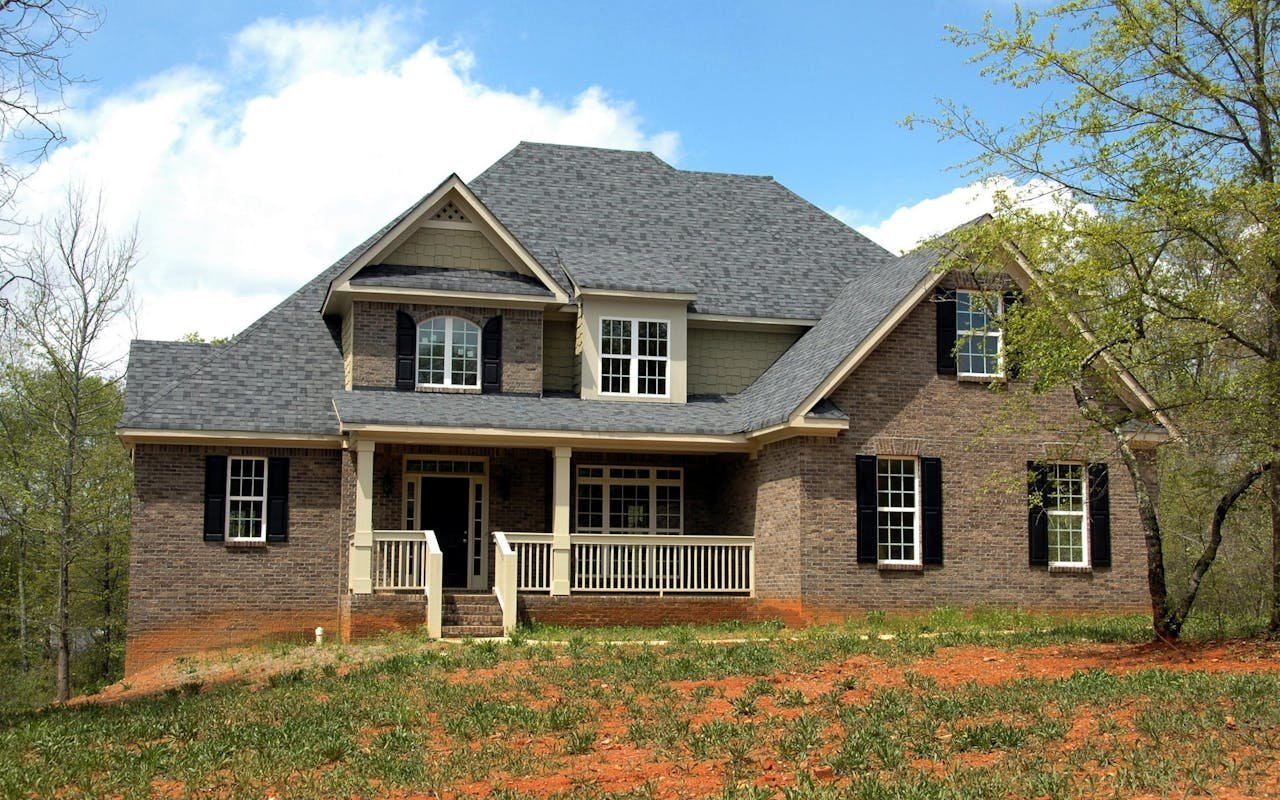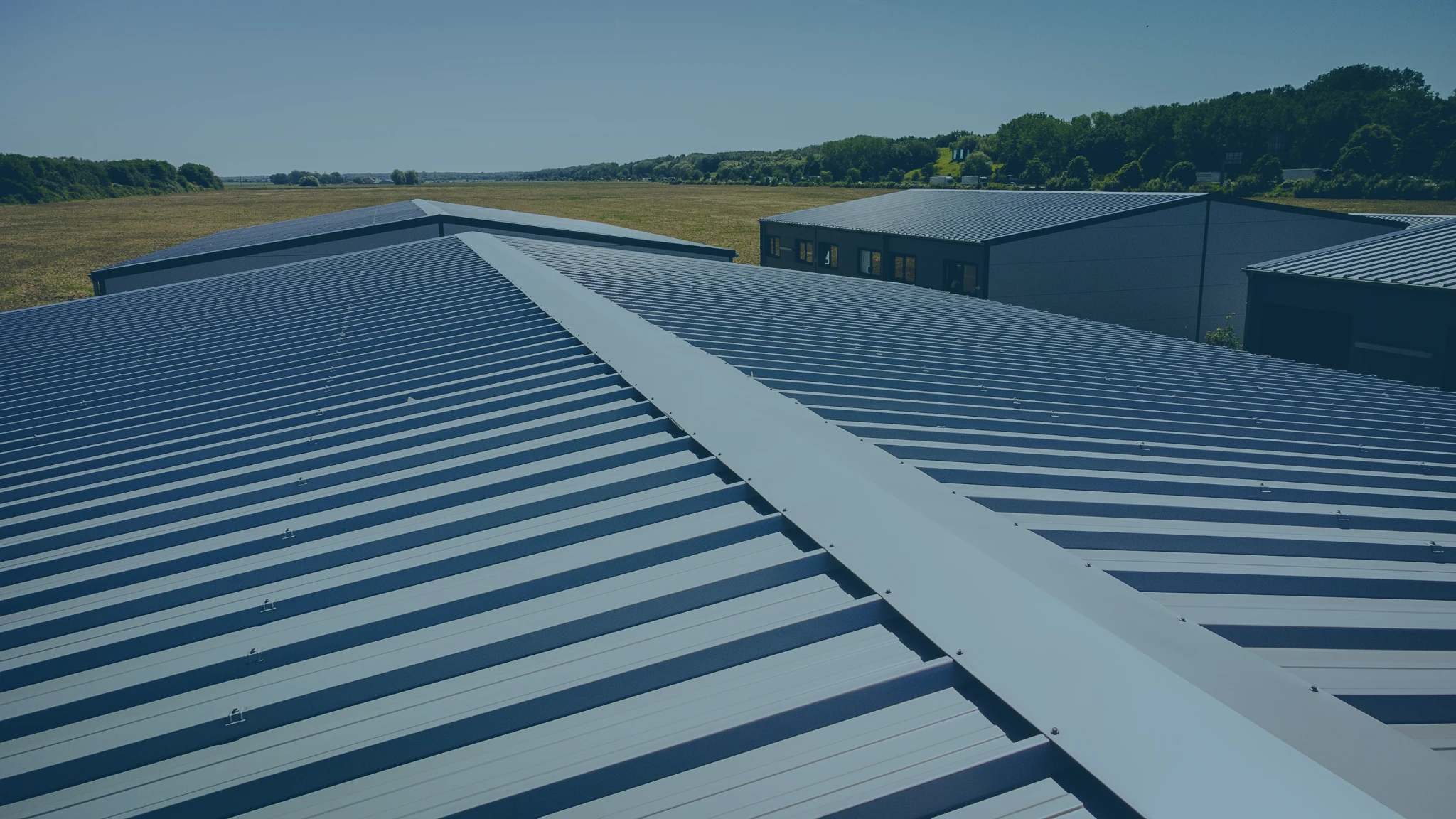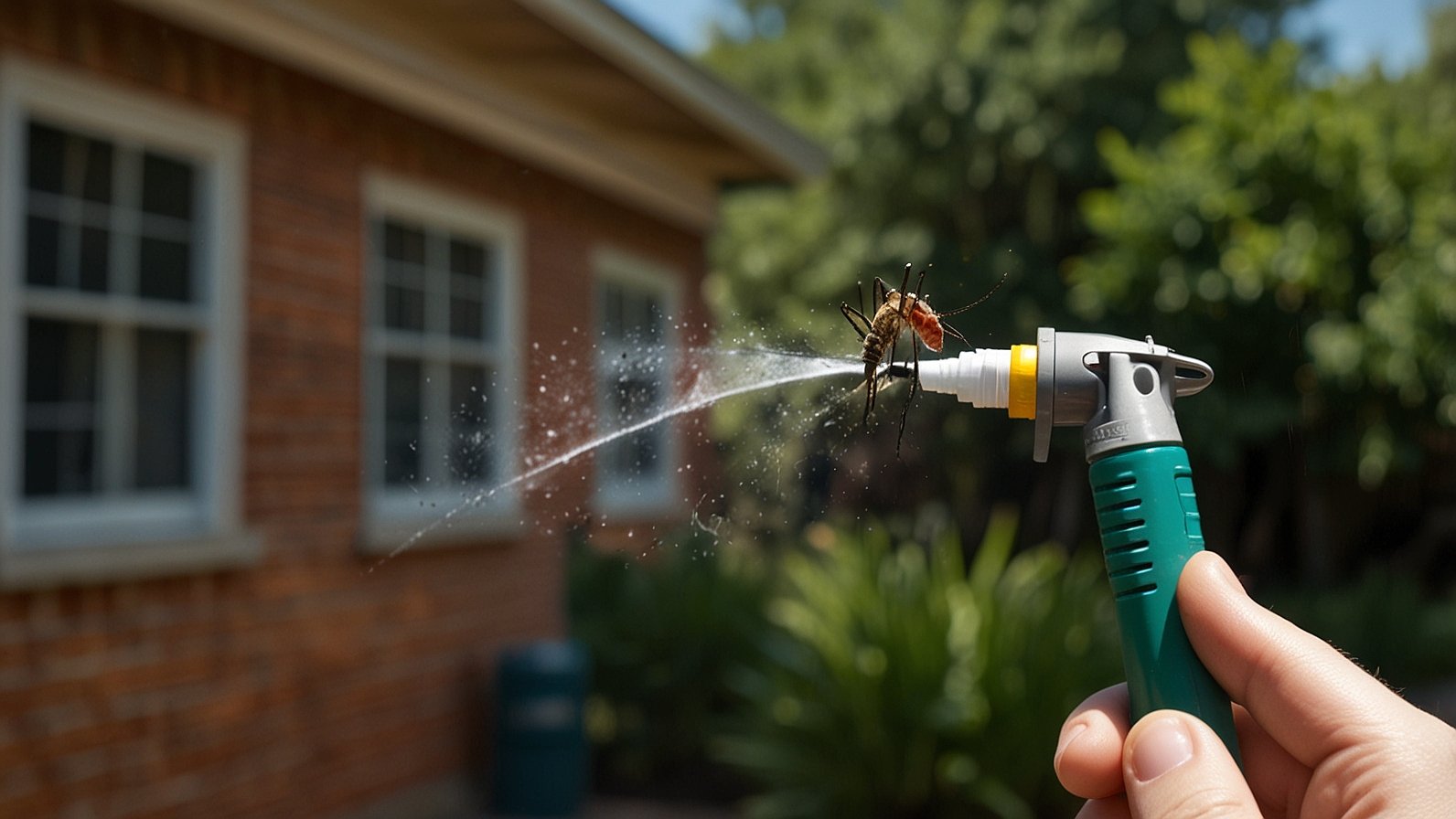Among the most vital parts of your house is the roof. It strengthens home construction, shields your family from the dangers of nature, and adds to the total worth of your property. Still, even the greatest roofs eventually wear out and must be replaced. Getting your roof replaced is a major house repair undertaking, whether for age, storm damage, or poor installation. Knowing the procedure will help to make things a lot less scary. Before beginning a roof replacement, every homeowner should be aware of five main points.
Know When It’s Time for a Replacement
The first and most crucial thing is realizing when your roof has to be replaced. Based on the material used, most roofs are intended to last 20 to 30 years. While metal and tile can endure longer, asphalt shingles, for instance, usually last 25 years. Should your roof reach the end of its lifetime, you might begin to see leaks, sagging areas, missing or curling shingles, or watermarks on walls and ceilings. Frequent inspections, particularly following significant storms, can assist in finding early issues. Don’t wait until you have a major leak to act; early replacement will help you avoid more costly damage downstream.
Understand the Costs Involved
A significant investment is roof replacement, so knowing the expenses will allow you to make future plans. The ultimate price is determined in part by your roof’s size and pitch, the materials you choose, and the work needed. Generally speaking, asphalt shingles are the most reasonably priced; metal, slate, or tile roofs cost more. Along with any required structural repairs, you will also have to consider the expenses of removing your old roof and disposal of the parts. Getting many estimates from numerous contractors and closely comparing them can help you not only with pricing but also with what is included in the project.
READ ALSO: 4 Things to Consider When Choosing a New Roofing Material
Hiring the Right Roofing Company
A good roofing replacement option depends on the correct contractor. First, look for local roofing companies with good ratings, appropriate licensing, and insurance coverage by starting here. Get references and be sure they have knowledge of the kind of roofing material you wish for. A reputable company should offer a thorough written estimate, including schedules, supplies, warranties, and payment policies. The key is also communication; your contractor should be ready to respond to all your inquiries and keep you updated throughout the project. For a roofing replacement, a qualified contractor will walk you through the required permissions if you live in a community with homeowners association requirements.
Choose the Right Roofing Materials
Roofing covers more ground than just shingles. The modern market consists of a large range of materials, each having advantages and drawbacks. Still, reasonably priced and easy to install asphalt shingles are the most generally used ones. Meanwhile, for its energy economy and durability, metal roofing is growing in favor more and more. Though they need a more strong construction to withstand the additional weight, tile and slate have a lovely, long-lasting finish. Select materials based on your architectural style, budget, and weather around your property. This is another ideal chance to take additional factors into account, such as improved solar panel integration or ventilation.
Prepare Your Home and Know What to Expect
Although replacing a roof can be noisy and disruptive, preparation helps to bring it more under control. Clear your attic of valuables, cover items, and keep kids and pets securely away from the job area. Plan to park your cars far from the house so that workers have free access and harm from trash is avoided. Anticipate some noise, dust, and some disruption. Depending on the degree of the work and the weather, a standard roof replacement takes one to five days. Your contractor should provide a timetable and let you know about any changes.
Conclusion
Though it’s a major decision, replacing your roof need not be daunting. Understanding the indicators of wear, budget planning, selecting the correct personnel, material selection, and home preparation will help you to confidently navigate the procedure. Besides shielding your house, a new roof enhances its exterior appearance and value. Making the time to do it well guarantees that your family will be secure, dry, and comfortable for years to come.
YOU MAY ALSO LIKE: Storm-Proof Windows: Why It Is A Must-Have for Climate-Resilient Homes










